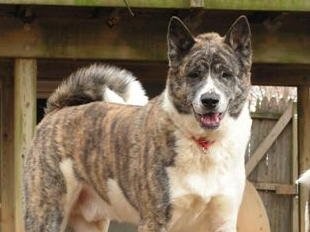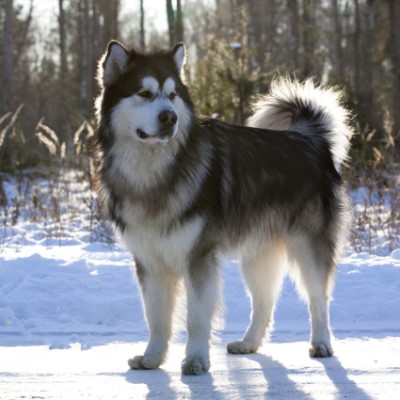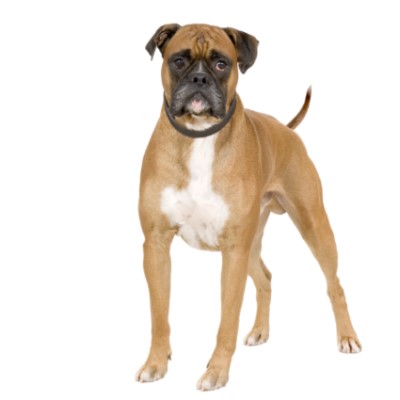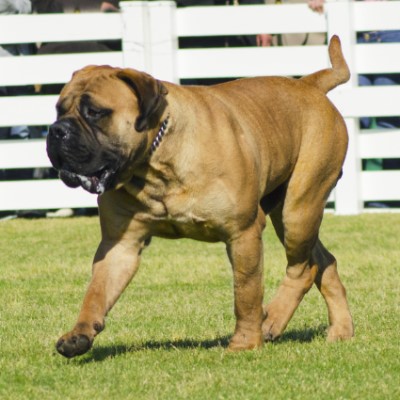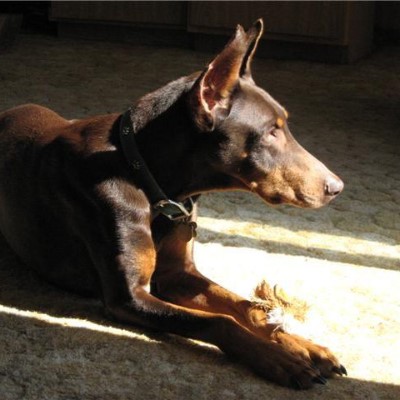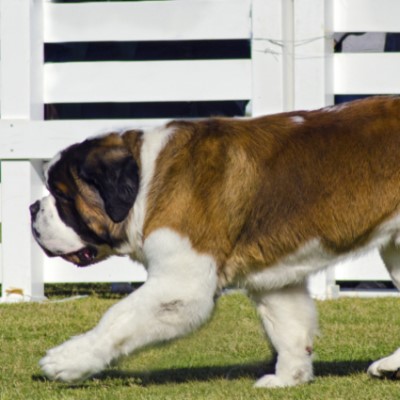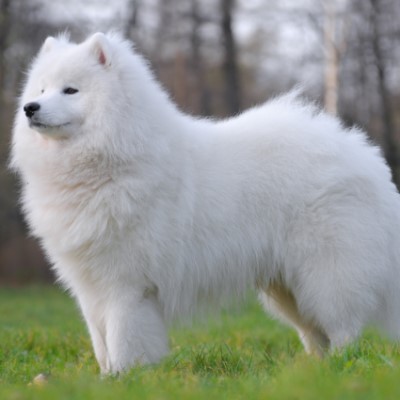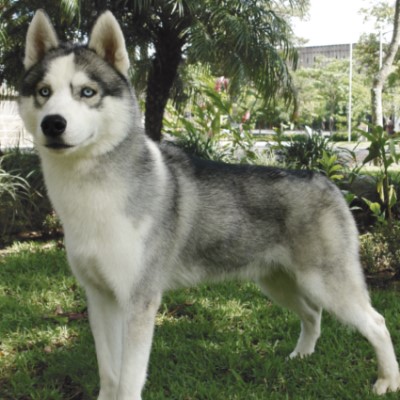Common Reasons for Surrender
The most common reason the Akita is surrendered is people think the adult Akita is so stunningly beautiful, they decide want one, but neglect to do the research. Since the economic recession, a secondary reason Akitas are surrendered is people lose a job, relocate, or simply don’t have enough money to manage the dog.
Pros
Akitas are a mental challenge and have a reputation for being “a smart person’s dog.” They can be escape artists and will challenge you mentally to keep them from running off. Akitas have the tendency to loyally protect their person and look at their owner as a “pack leader.”
Cons
The Akita has thick double coats of hair and does not do well in hot or humid weather. She will shed consistently all year, with extreme shedding twice a year that owners report comes out like sheep’s wool. Until two years of age, the Akita pup will want to chew everything in sight and is known for digging “moon craters” into the yard. A male and female Akita will likely get along, but most of the time you cannot keep two Akitas of the same sex together. A little less than half of Akitas are “counter cruisers” who claim everything from the fruit bowl to the sugar canister.
Diet
Akitas have a predisposition to skin issues and soy protein can result in a flare up. Use dog food that does not contain soy proteins and look for a premium grade of food where meat is the main ingredient. Two cups of dry dog food in the evening and two cups in the morning is a general quantity guideline for an adult dog.
Exercise
 Akitas want to be with their owners and will go hiking, running, and walking as long as it is not too hot outside. Remember, the Akita’s coat is thick all year long, so it’s like exercising with a fur coat on.
Akitas want to be with their owners and will go hiking, running, and walking as long as it is not too hot outside. Remember, the Akita’s coat is thick all year long, so it’s like exercising with a fur coat on.
Possible Health Issues
The Akita is especially prone to autoimmune diseases, some thyroid problems and, as all deep chested breeds, they have a tendency to bloat.
Housing
The Akita thrives in cold weather and is generally happier in homes that enjoy at least a few months of snow. However, Akitas are excellent city dogs because they’re such low energy indoor dogs. Rescuers have placed them in condominiums where city owners commit to walking them two or three times a day. Akitas are not good country dogs because they’ll go after sheep, cows, squirrels, and other small animals. For the most part, they are indoor dogs and should never be left outdoors on their own.
Grooming
If the Akita isn’t shedding, he can be brushed once or twice a week. When shedding, the Akita needs brushed once or twice a day. Toenails are cut every couple of weeks, although dogs walked on concrete will find that the concrete helps to file their toenails down. Some Akitas don’t like their paws touched but may be gently trained with a treat to build up to toenail cutting. Otherwise, take your Akita to a groomer.
Training
Use positive reinforcement and creativity with your Akita. You can begin by using food as a lure and eventually wean them off the food. It’s important that the person who sets rules makes the dog stick to the rules.
Entertainment
The Akita likes to talk to their owners. You will hear a “woo woo woo” barking that rescuers and breeders call wooing. In other words, the Akita likes to talk a lot.
ADDITIONAL RESOURCES
Akita National Treasure of Japan by Barbara Bouyet
We want to thank Akita Rescue Mid-Atlantic Coast, Incorporated for help with this profile.
